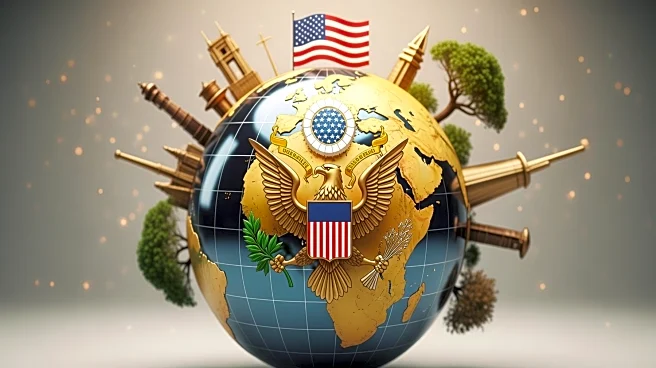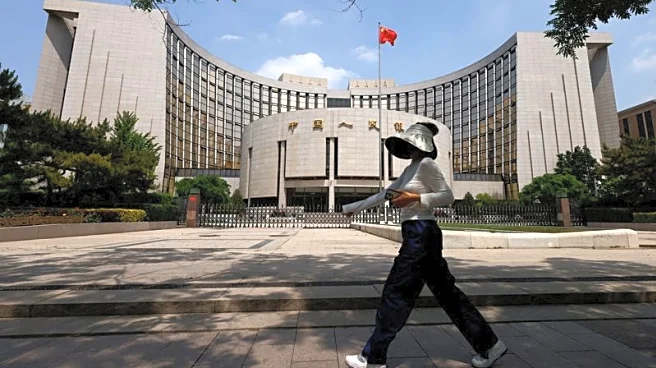What's Happening?
The United States and China have entered a new phase in their trade relationship following a recent agreement between President Trump and Chinese President Xi Jinping. This agreement, which took effect
on Monday, involves significant changes to tariffs and export controls. The U.S. has reduced tariffs on fentanyl-linked imports from China to 10% and extended a truce that lowers reciprocal tariffs from 34% to 10%. In response, China's Ministry of Commerce has rolled back export restrictions on critical minerals and rare earth materials, which are essential for military hardware and high-tech industries. These measures were initially imposed as a counter to U.S. semiconductor export restrictions. Despite these developments, analysts warn that the trade truce remains fragile due to ongoing strategic competition between the two nations.
Why It's Important?
The adjustments in tariffs and export controls are significant for both U.S. and Chinese industries, particularly those involved in technology and defense. The reduction in tariffs could benefit American businesses reliant on Chinese imports, while the rollback of export restrictions may ease supply chain constraints for U.S. manufacturers. However, the underlying strategic rivalry between the U.S. and China suggests that tensions could resurface, impacting global trade dynamics. The introduction of China's 'validated end-user' system, aimed at restricting rare earth exports to U.S. military-linked companies, highlights the ongoing geopolitical complexities that could affect industries such as automotive and aerospace.
What's Next?
Future negotiations between the U.S. and China are likely to be characterized by episodic flare-ups and policy asymmetry, as both nations seek to maintain leverage in their strategic competition. The development of China's 'validated end-user' system could further complicate trade relations, particularly for companies with dual civilian and defense clients. Stakeholders in affected industries will need to monitor these developments closely, as they could influence supply chain strategies and international business operations.
Beyond the Headlines
The trade truce and its associated measures reflect broader geopolitical shifts, with implications for global economic stability and international relations. The strategic competition between the U.S. and China may lead to long-term changes in trade policies and alliances, affecting not only bilateral relations but also multilateral cooperation. The focus on critical minerals and rare earth materials underscores the importance of these resources in modern technology and defense, highlighting potential ethical and environmental considerations in their extraction and use.












